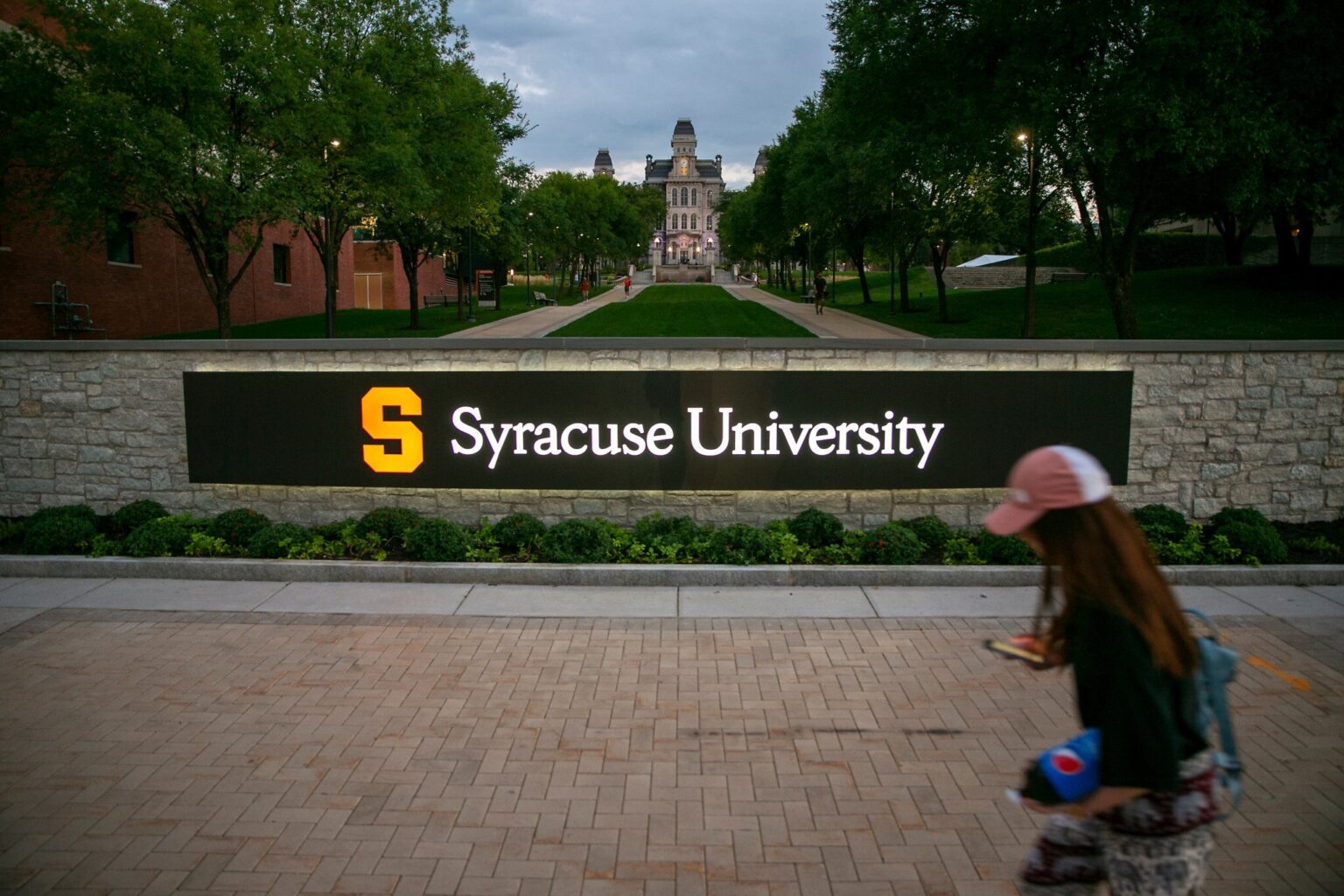An incident at a university fraternity has prompted a rapid and heated response across campus, leaving students and administrators scrambling for clarity. The house involved is described as “historically Jewish,” and the event has stirred concerns about targeted bias and safety. People want answers about motive, accountability, and how the institution will respond.
According to accounts, an 18-year-old student entered the fraternity and “threw a clear plastic bag containing pork at a wall.” Witnesses say the action was deliberate and offensive given the cultural and religious associations involved. After the act, the suspect fled the scene, heightening alarm among residents and nearby students.
Those on the scene reported that the suspect ran out and then jumped into a jeep driven by another 18-year-old student, who left the area with them. That sequence has raised questions about possible coordination and whether other students were involved or aware. Investigators will be looking for surveillance, communication records, and witness statements to piece together the timeline.
Responses on campus split quickly between calls for swift disciplinary action and debates about the language used to describe the incident. A student organization characterized the situation in broader terms and invoked “white supremacy.” That framing intensified the public conversation and led to strong statements from various student groups seeking to shape campus norms.
Administrators have been urged to act transparently, to share what can be shared without jeopardizing an investigation, and to make clear what protections exist for targeted communities. Community leaders say victims deserve support and concrete steps to prevent repeat incidents. At the same time, some students caution against rushing to conclusions before all facts are established.
This episode sits inside a larger national context where campus incidents involving religious or ethnic targeting attract intense attention. Universities are increasingly tasked with balancing free expression, student safety, and community cohesion. How officials respond now could set a precedent for how similar situations are handled in the future.
Observers also note the practical challenge of distinguishing between a criminal act and a hate-motivated offense, which can change legal consequences and institutional discipline. Law enforcement needs to determine whether the primary intent was to intimidate a protected group or to simply provoke. Either finding would carry serious ramifications for those involved.
For students, the emotional fallout can be immediate and long lasting, especially for those who identify with the targeted community. Access to counseling, transparent updates, and visible campus protections matter when trust has been shaken. Many are calling for clear anti-bias education and meaningful opportunities for dialogue, not just statements.

